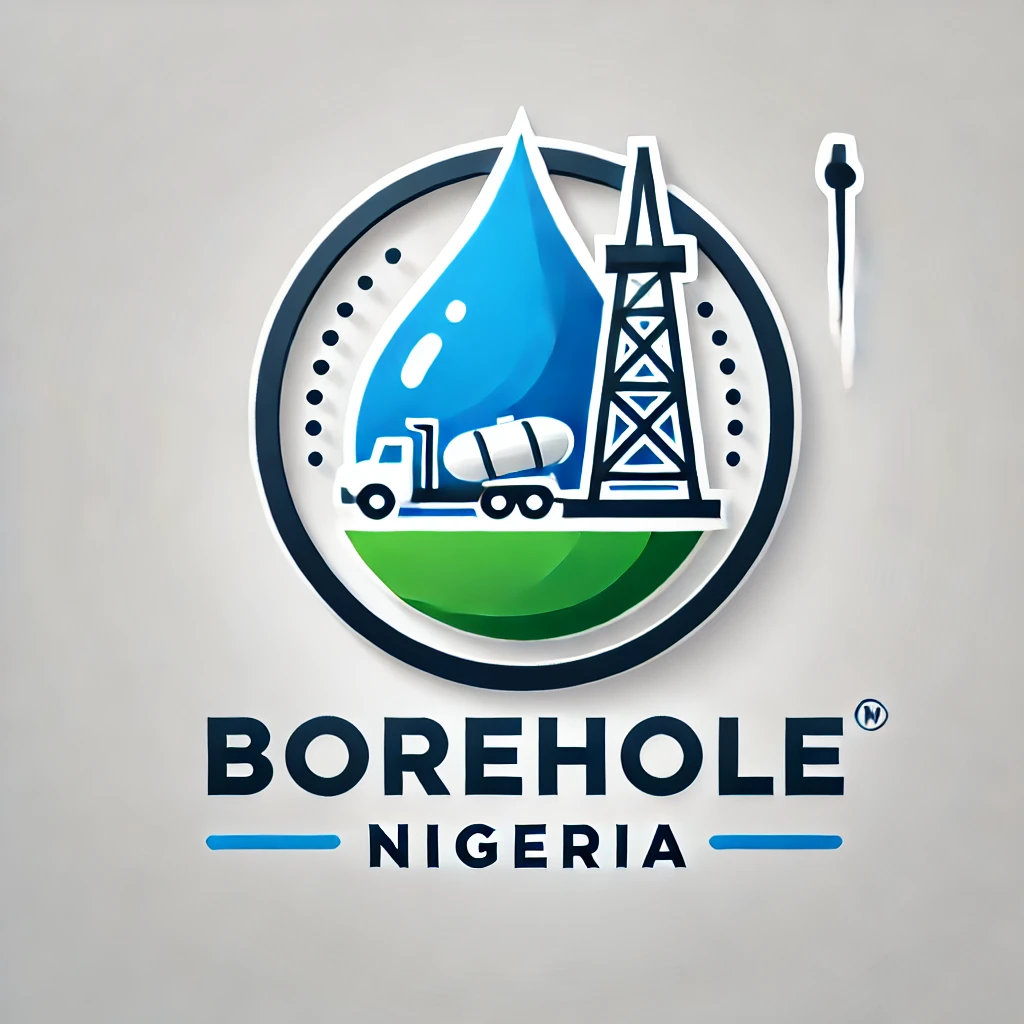Perforation in oil well drilling is a crucial process used during the well completion phase, where small holes or perforations are made in the production casing or liner of the well. These perforations allow the oil, gas, or water from the reservoir to flow into the wellbore and then up to the surface for production.
Perforation typically occurs after the well has been drilled and cased, and it is a key step that links the reservoir (the source of hydrocarbons) to the wellbore, making production possible.
How Perforation Works
- Casing Installation: After drilling the well, the production casing (a steel pipe) is cemented into place to prevent the wellbore from collapsing and to protect the surrounding rock formations.
- Perforation Gun Deployment: A specialized tool called a perforating gun is lowered into the well to the desired depth, where the reservoir is located. This gun contains explosive charges arranged in a pattern along its length.
- Creating Perforations: When the gun is fired, explosive charges are detonated, creating small holes or perforations through the casing, cement, and into the surrounding formation. These holes are typically about 0.3 to 1 inch in diameter, and they penetrate several inches to feet into the reservoir rock, depending on the formation characteristics.
- Flow Path Established: Once the perforations are created, they act as pathways that allow the trapped oil, gas, or water to flow from the reservoir into the wellbore. The well is then ready for production.
Types of Perforation Methods
- Conventional Perforating Guns:
- These guns are loaded with shaped charges that create holes through the casing and into the formation.
- It is the most commonly used method for well perforation.
- Through-Tubing Perforation:
- This method is used in existing wells to create new perforations or reopen old ones.
- The perforating gun is deployed through the production tubing, eliminating the need to remove existing tubing.
- Big Hole Perforators:
- These create larger diameter holes that increase the flow rate from the formation. They are typically used in wells where the permeability of the rock is low, and higher flow rates are needed.
- Underbalanced Perforation:
- This technique involves lowering the pressure in the wellbore during perforation so that, once the perforations are made, the formation fluids (oil or gas) immediately flow into the wellbore.
- This reduces the risk of formation damage and ensures the well is cleaned effectively.
Importance of Perforation
- Establishing Communication: Perforation is essential to connect the wellbore with the hydrocarbon-bearing formation. Without it, no oil or gas can flow into the well.
- Optimizing Production: The number, size, and placement of perforations are carefully calculated to maximize flow from the reservoir. Properly designed perforation patterns ensure efficient and sustained production over the life of the well.
- Selective Production: In some cases, the reservoir may contain multiple oil or gas zones. Perforation allows operators to selectively produce from specific zones, either one at a time or simultaneously, depending on production goals.
- Reservoir Management: In conjunction with techniques like hydraulic fracturing or acidizing, perforations can help to stimulate the well and improve oil or gas recovery from low-permeability formations.
Challenges in Perforation
- Formation Damage: Poor perforation techniques or improper pressure balance during the process can damage the formation, leading to reduced flow rates.
- Debris Blockage: Explosions used in perforation can leave behind debris, which might block the perforations and reduce production efficiency.
- Perforation Efficiency: The effectiveness of the perforations depends on the formation type, well pressure, and casing material. In some cases, further well stimulation (like fracking) may be needed to improve flow rates.
Conclusion: A Vital Step in Well Completion
Perforation is a critical step in turning a drilled oil or gas well into a producing asset. By creating small holes in the casing and formation, it allows hydrocarbons to flow into the wellbore, setting the stage for production. The success of a well often depends on the precision and effectiveness of the perforation process, making it a highly specialized aspect of oil well drilling.
For those in need of expert consultation or drilling services, Borehole Nigeria offers top-notch solutions for all your drilling and water treatment needs. Contact us for a consultation through our homepage, and don’t forget to click the WhatsApp button for fast, personalized support!
